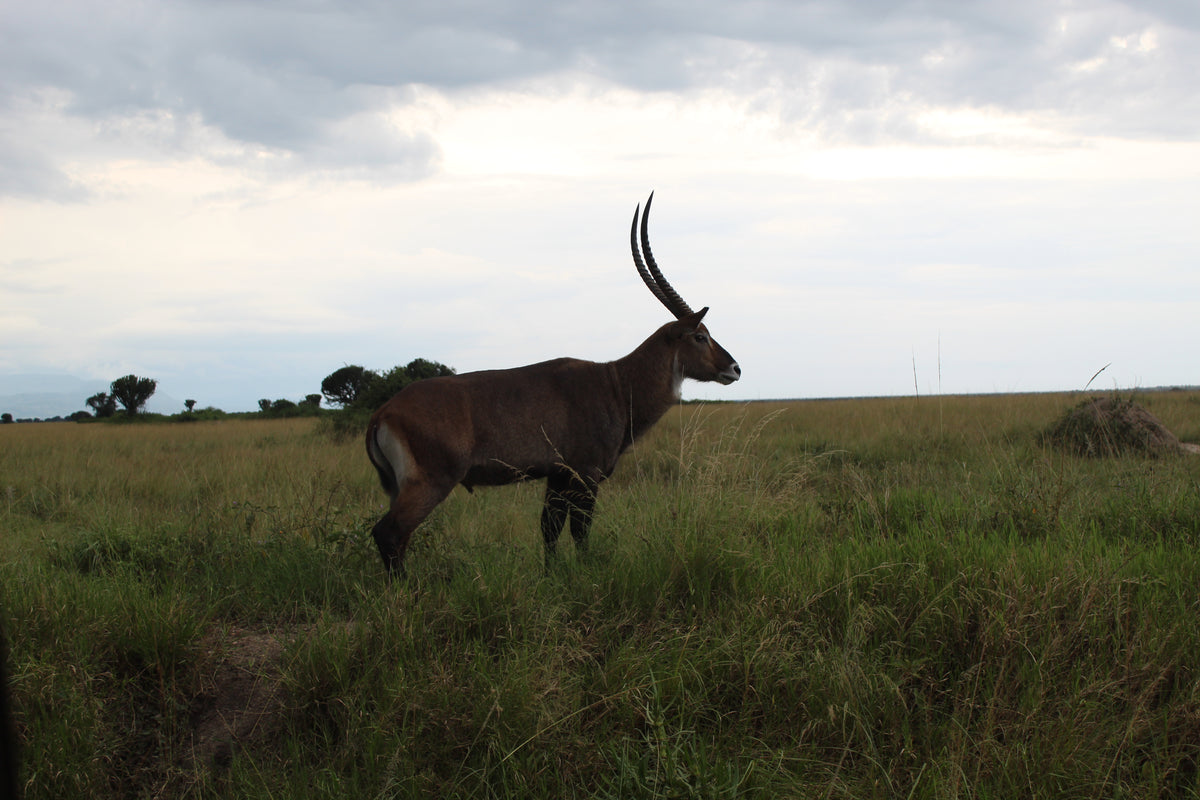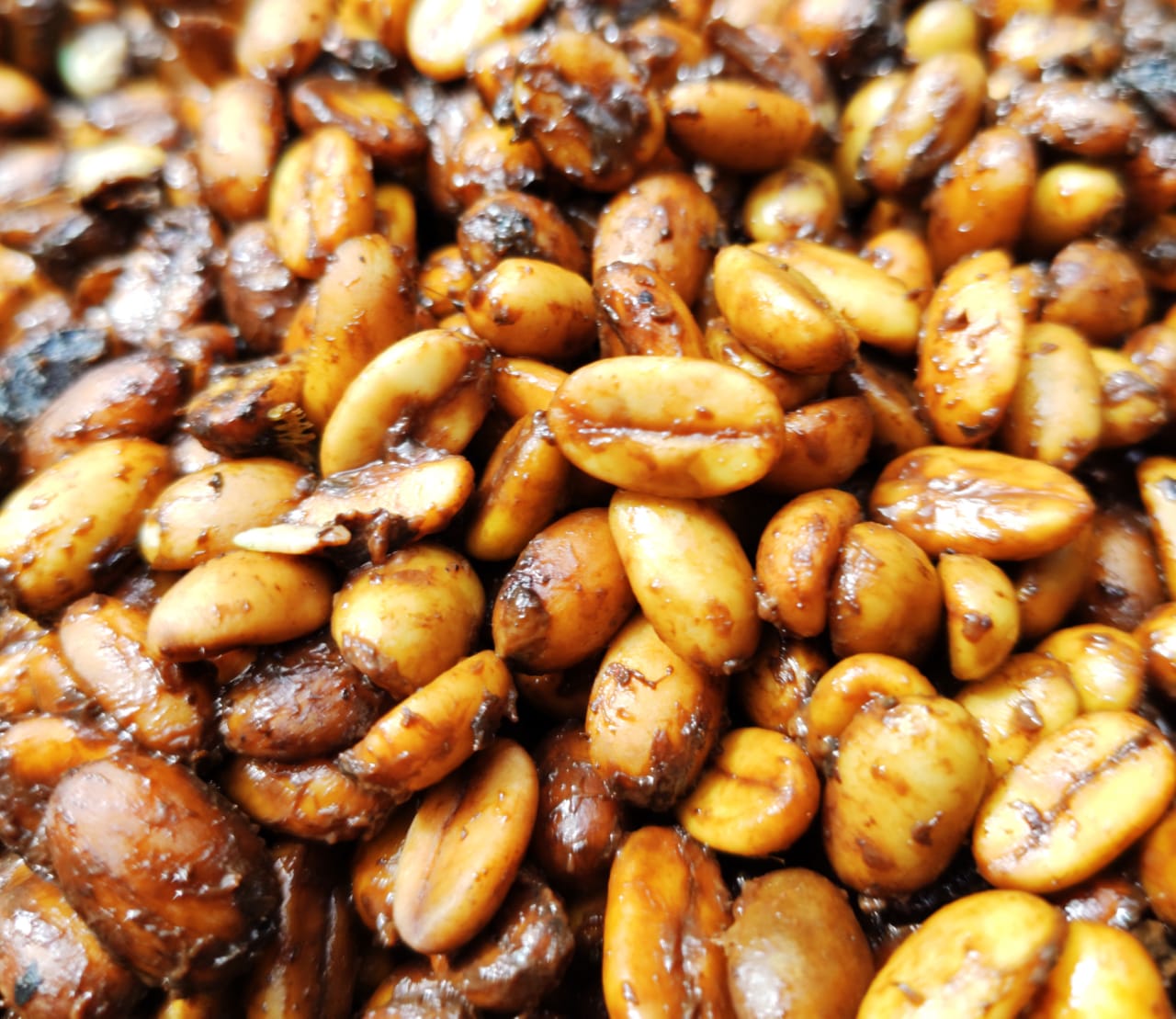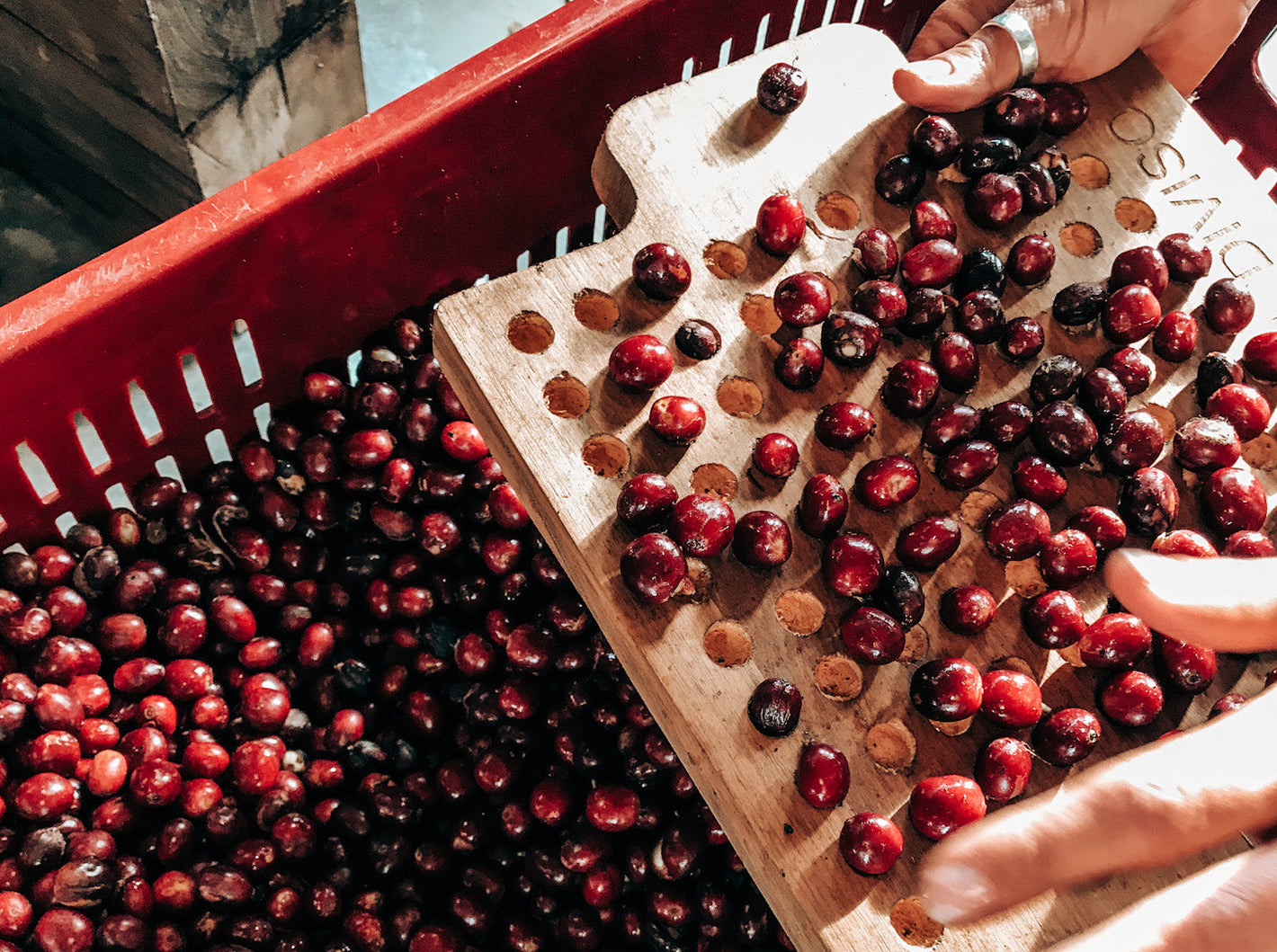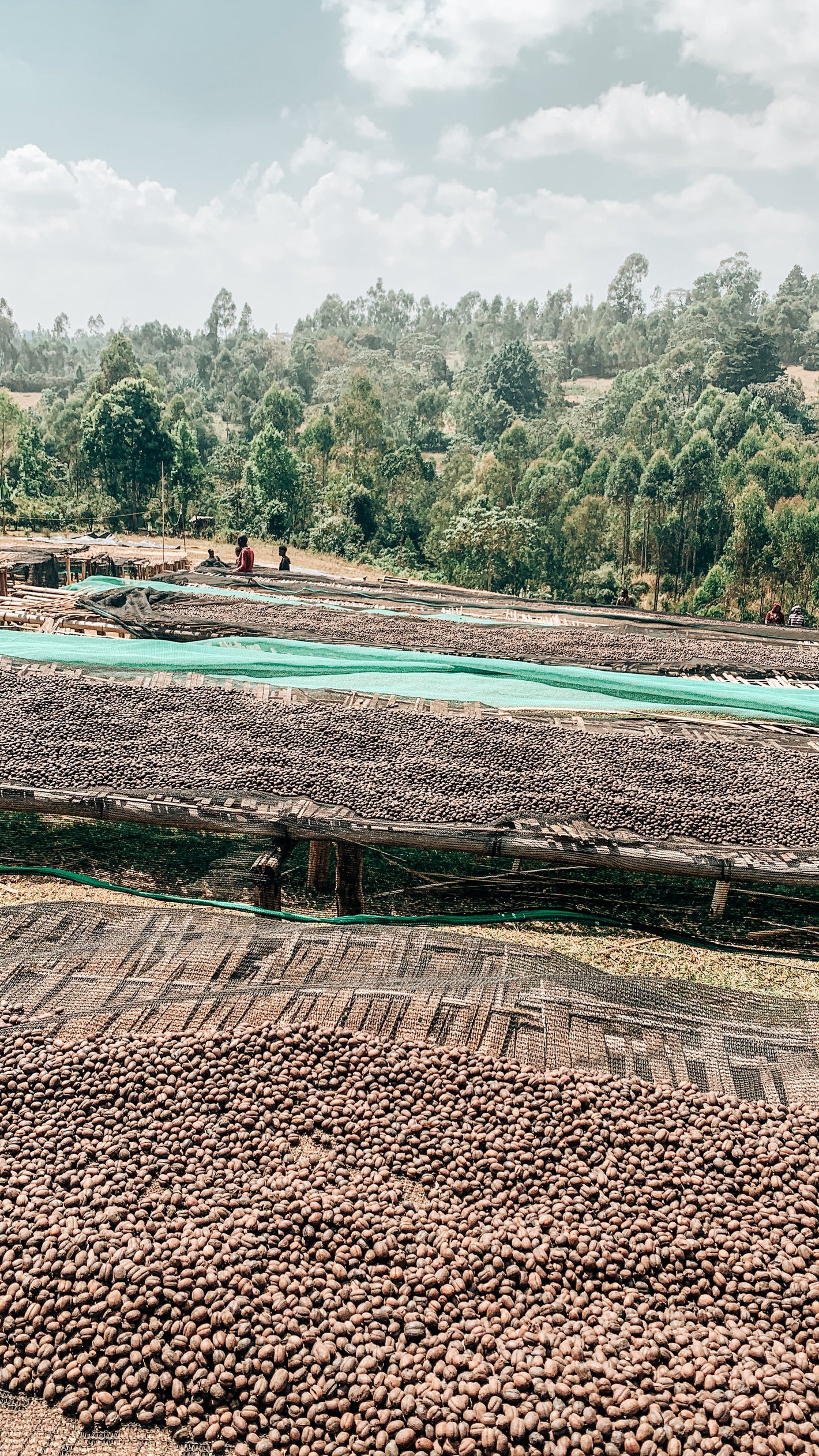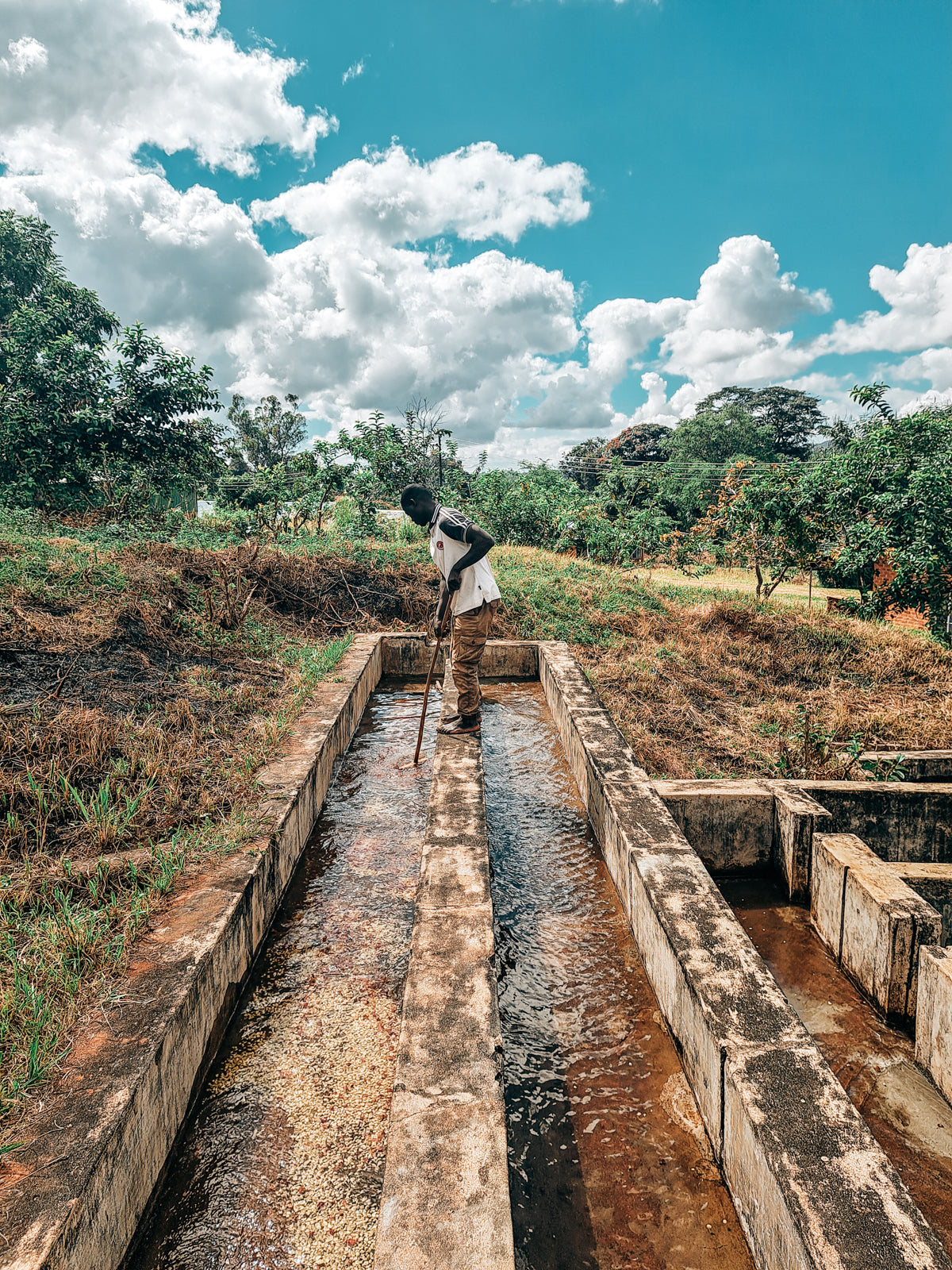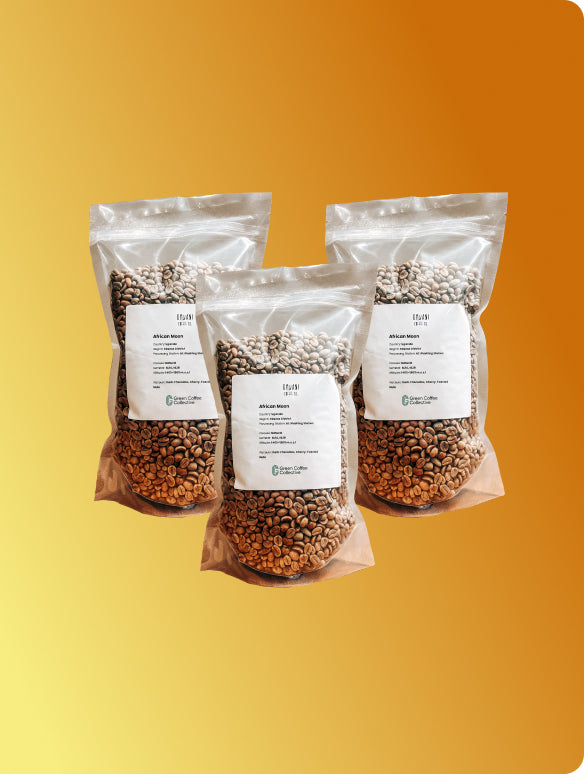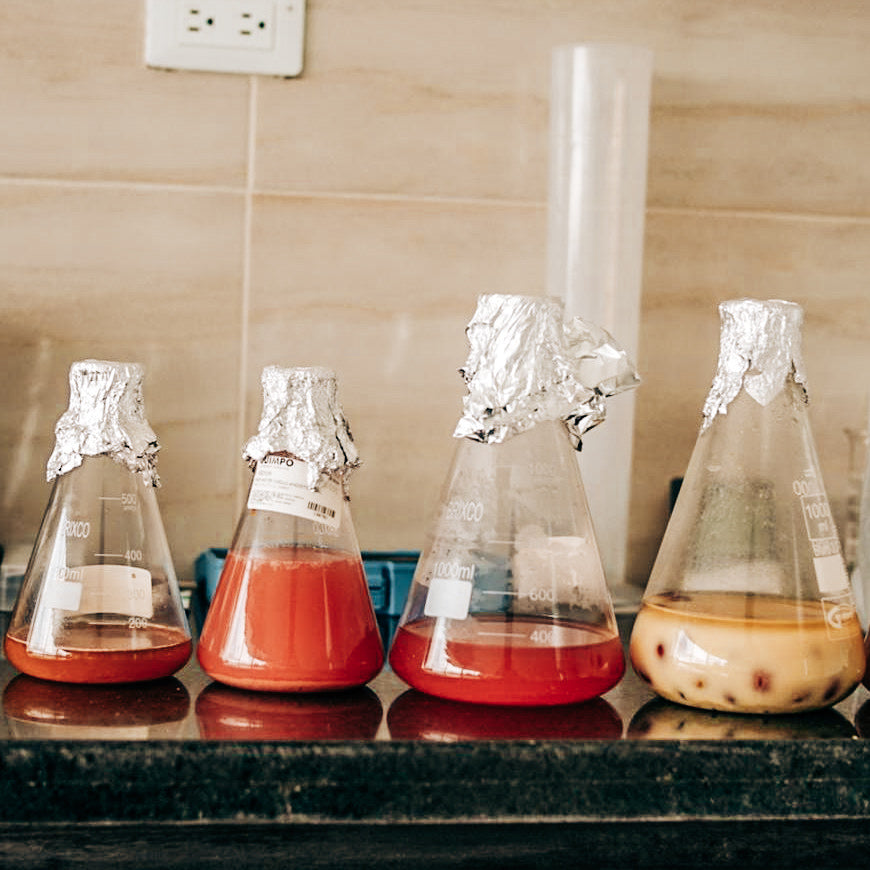
Experimental
Experimental coffee processing blends science and innovation with techniques like fermentation, carbonic maceration, and thermal shock. These methods create distinct, complex flavours. We provide both wholesale quantities and small samples, allowing you to explore the cutting-edge science behind specialty coffee.
-
Rancho Morelia
Cupping Score85.0Processing methodVarietalBourbon , Typica , CatimorMain flavour notesChocolate | Vanilla | CinnamonOut of Stock -
El Jaragual Castillo Thermal Shock
Cupping Score87.75Processing methodVarietalCastilloMain flavour notesStrawberry Mousse | Floral | Melon | VanillaIn Stock+55kg left -
Sitio Maranhão - Experimental Brazil
Cupping Score86.25Processing methodVarietalYellow CatuaiMain flavour notesHazelnut | Brown Sugar | Green AppleLow Stock -
Andres Bazos - Red Caturra - ⚠️ Parchment Issue
Cupping Score83.5Processing methodVarietalRed CaturraMain flavour notesOrange Citrus | Caramel | Milk ChocolateOut of Stock -
Nimbus Pink Bourbon Decaf
Cupping Score86.0Processing methodVarietalPink BourbonMain flavour notesPapaya | Blueberry Compote | SherryIn Stock+80kg left -
La Reserva Wush Wush
Cupping Score88.0Processing methodVarietalSidra , Wush WushMain flavour notesRose | Mango | Berries | PapayaOut of Stock -
Bukonzo Dream Extended Fermentation [24]
Cupping Score85.75Processing methodVarietalSL 14 , SL 28Main flavour notesLychee | Green Tea | Sugar Cane | OrangeOut of Stock
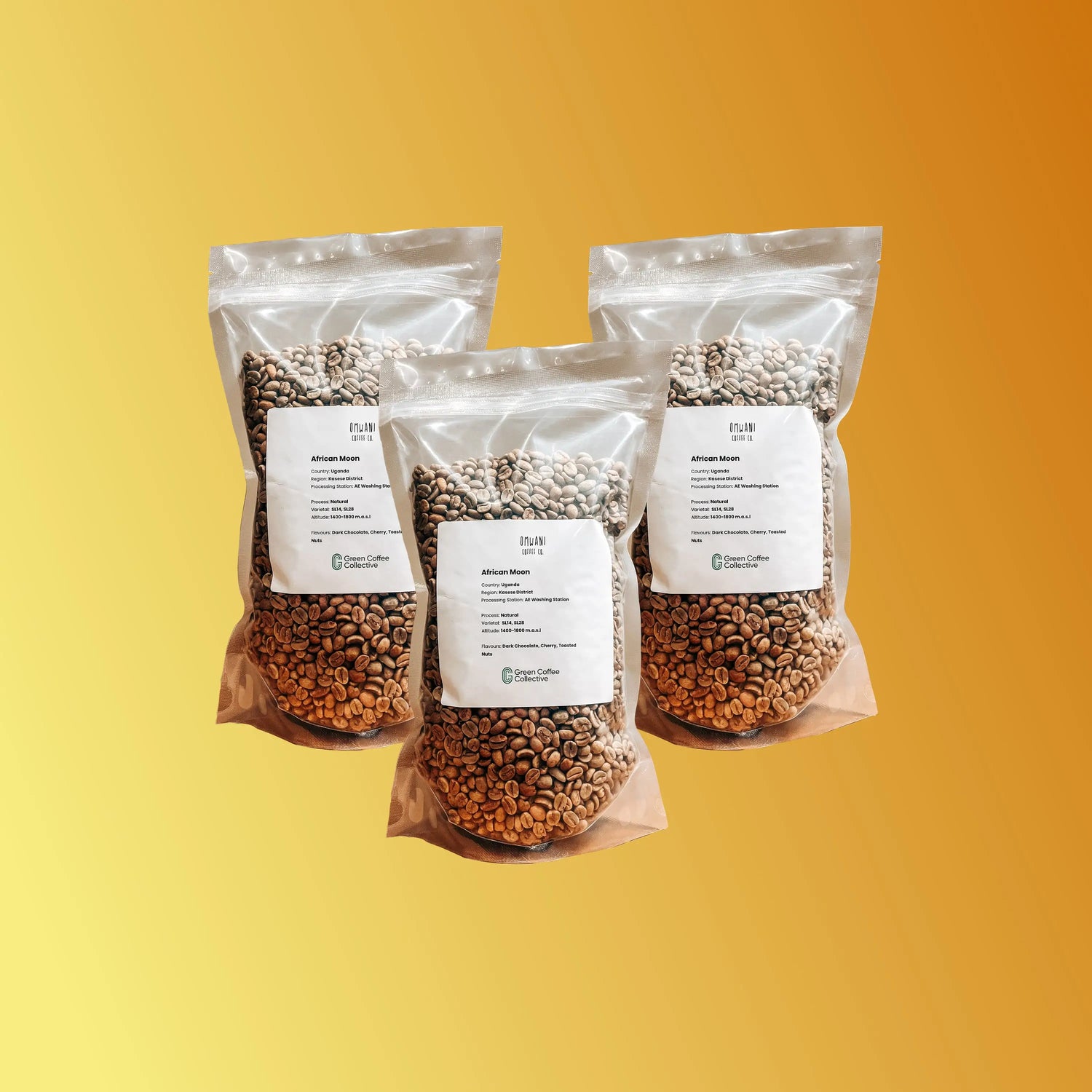
Your guide to Experimental
-
What is experimental processing?
-
What are aerobic and anaerobic fermentation?
-
What is carbonic maceration?
-
What is lactic fermentation?
-
What is double fermentation?
-
What is co-fermentation?
-
What is yeast fermentation?
-
What is thermal shock?
-
Introduction to Experimental Green Coffee Beans
-
What is Experimental Processing?
-
The Journey of a Bean: Understanding Our Experimental Coffee
-
Ideal Use Cases for Roasters
-
Regions & Origins That Excel with This Method
-
Why Choose Our Experimental Green Coffee Beans?
-
Available Equipment to Support Your Roasting
-
Explore Our Experimental Green Coffee Selection




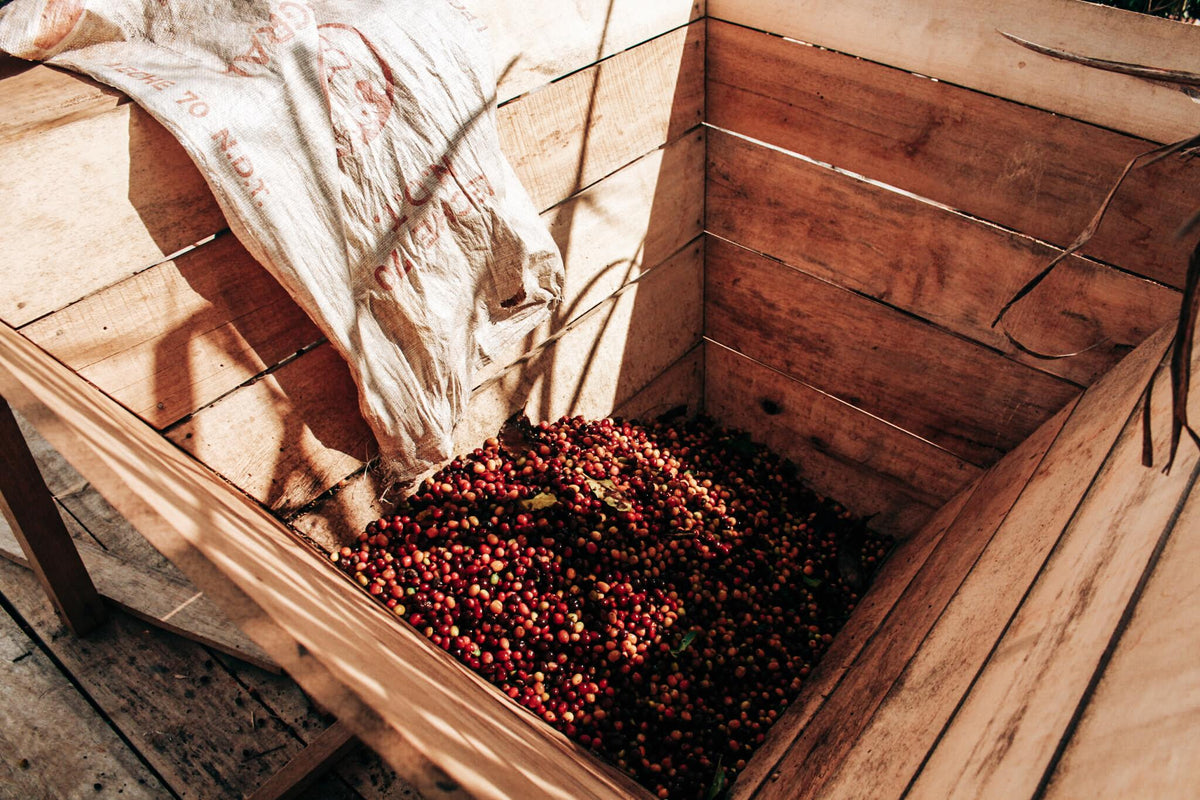
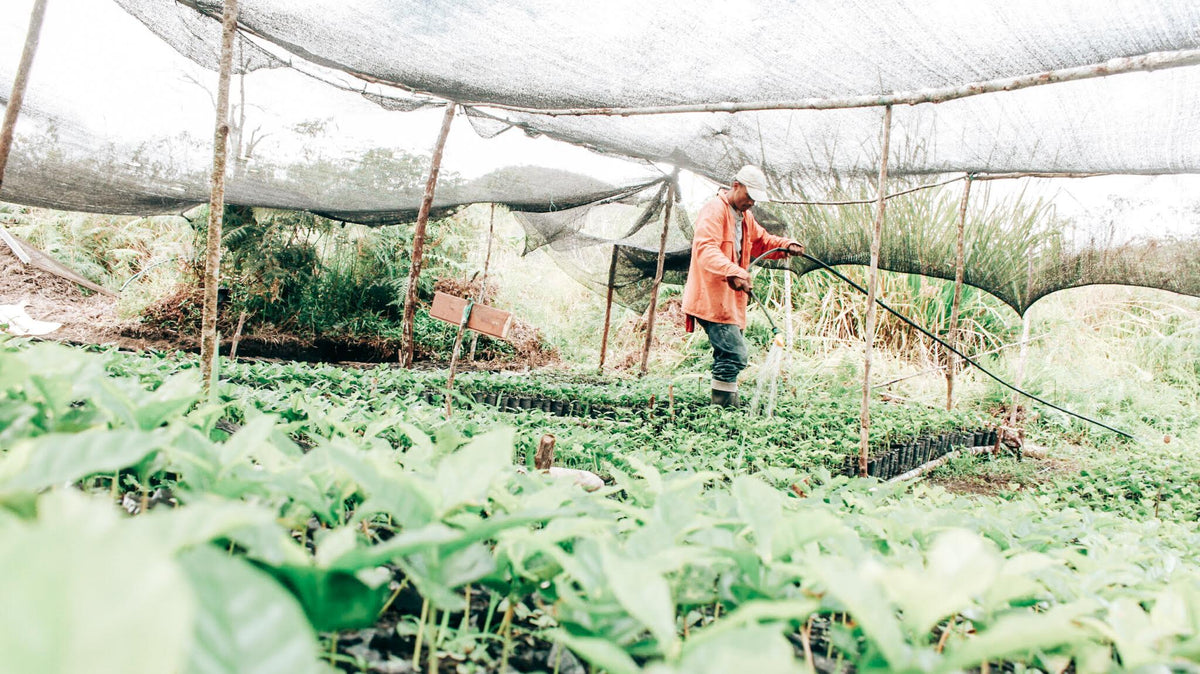


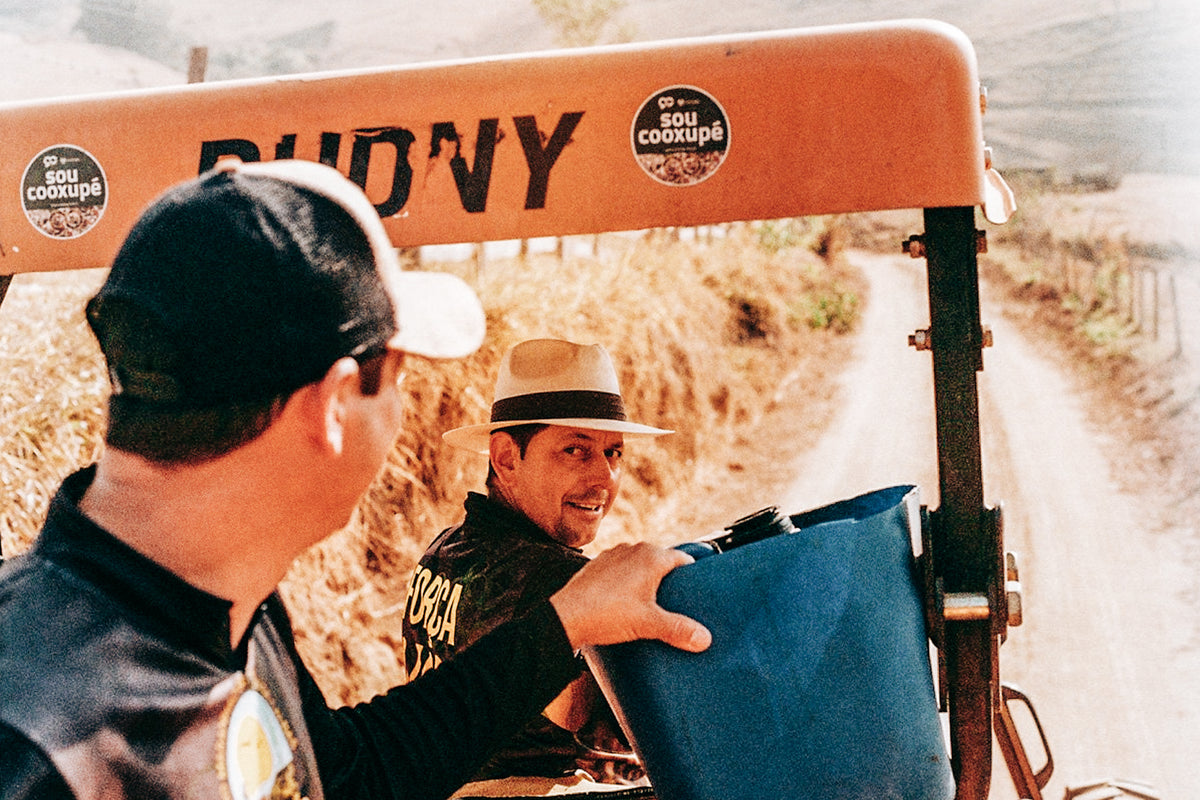
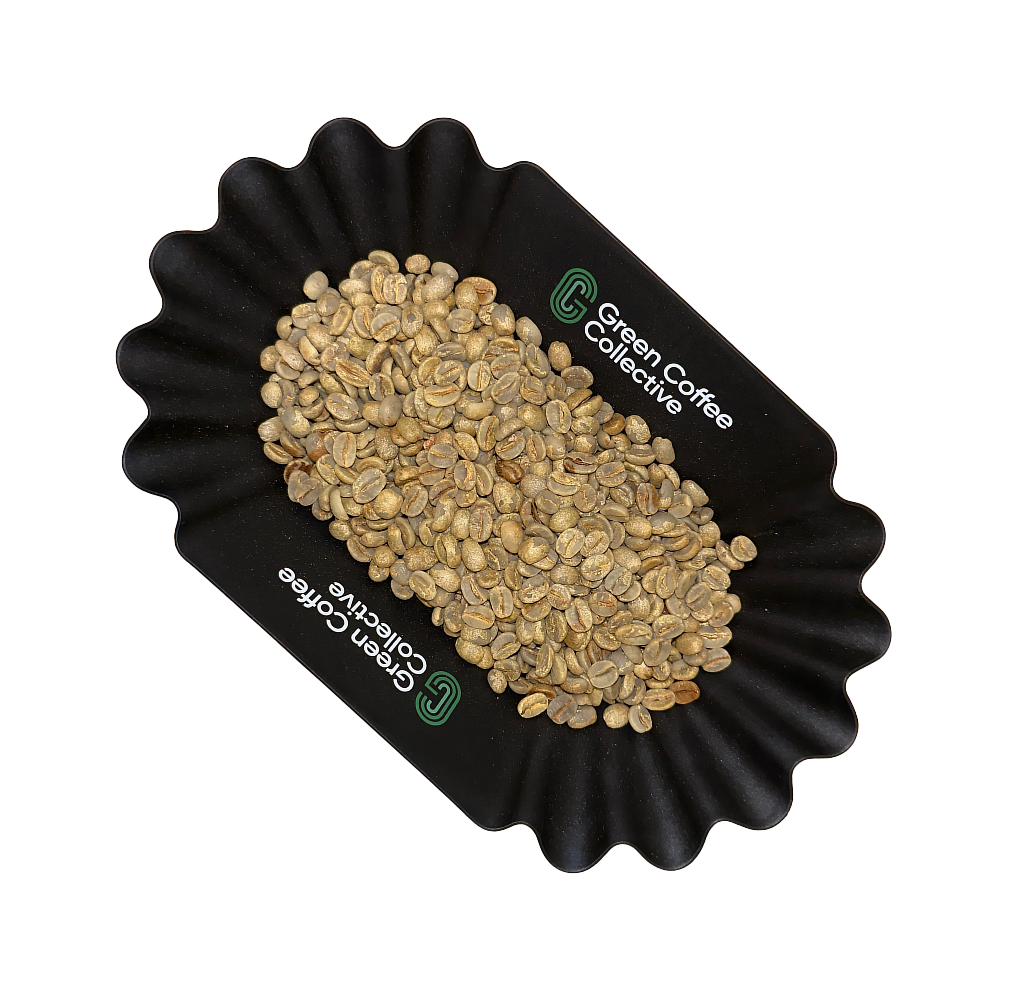


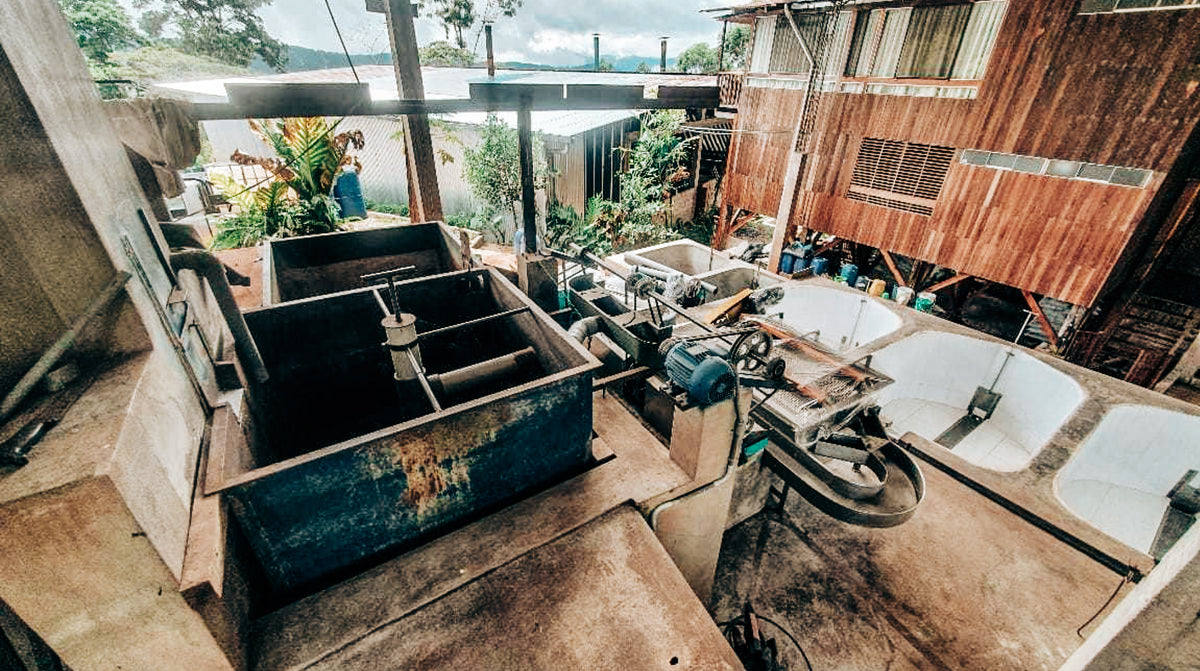
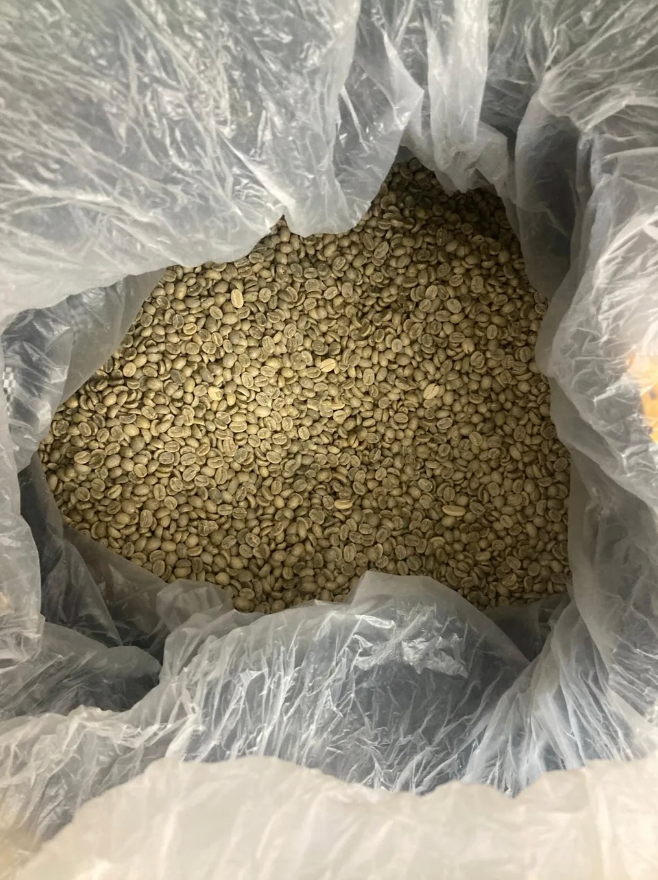


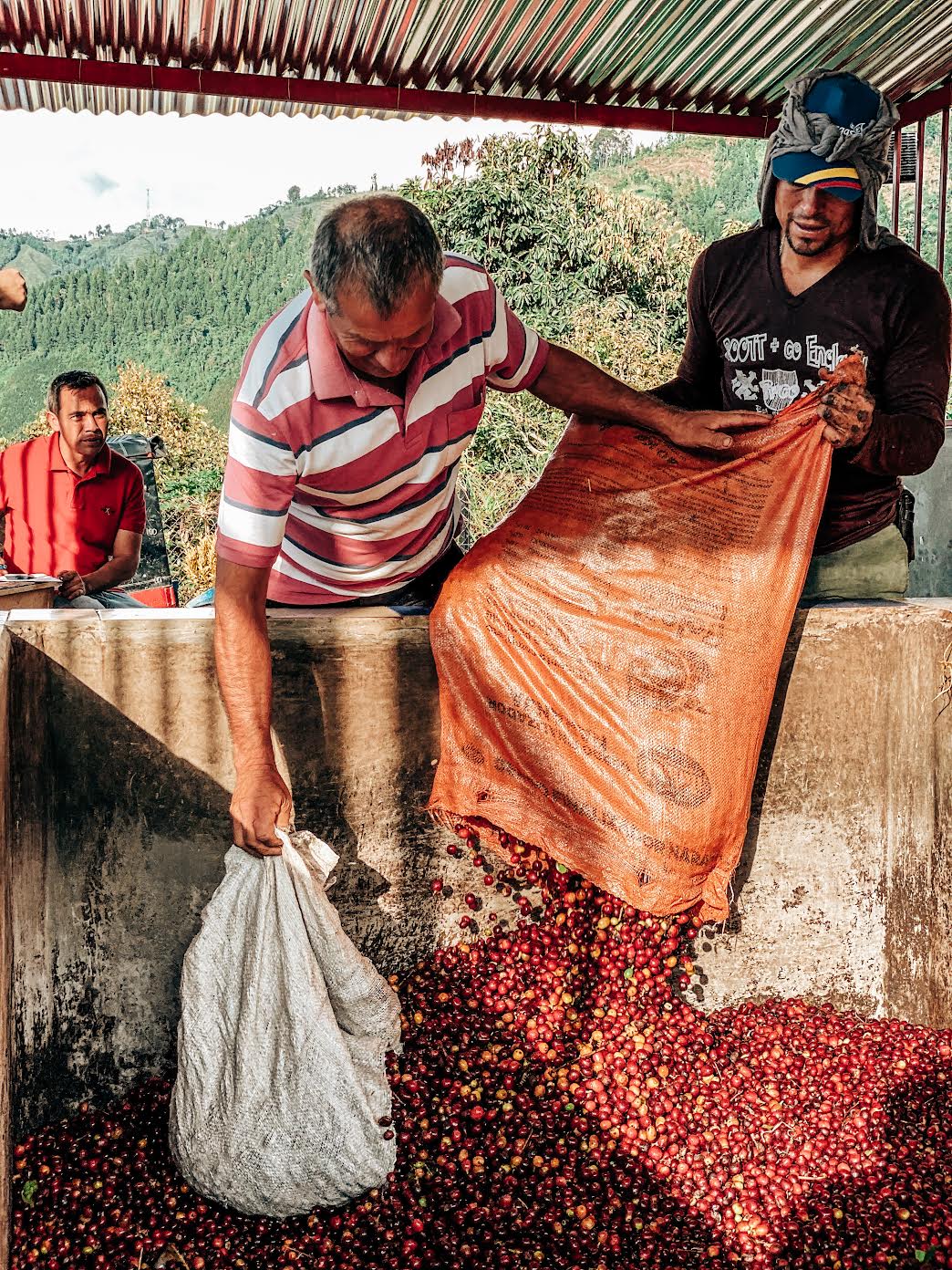
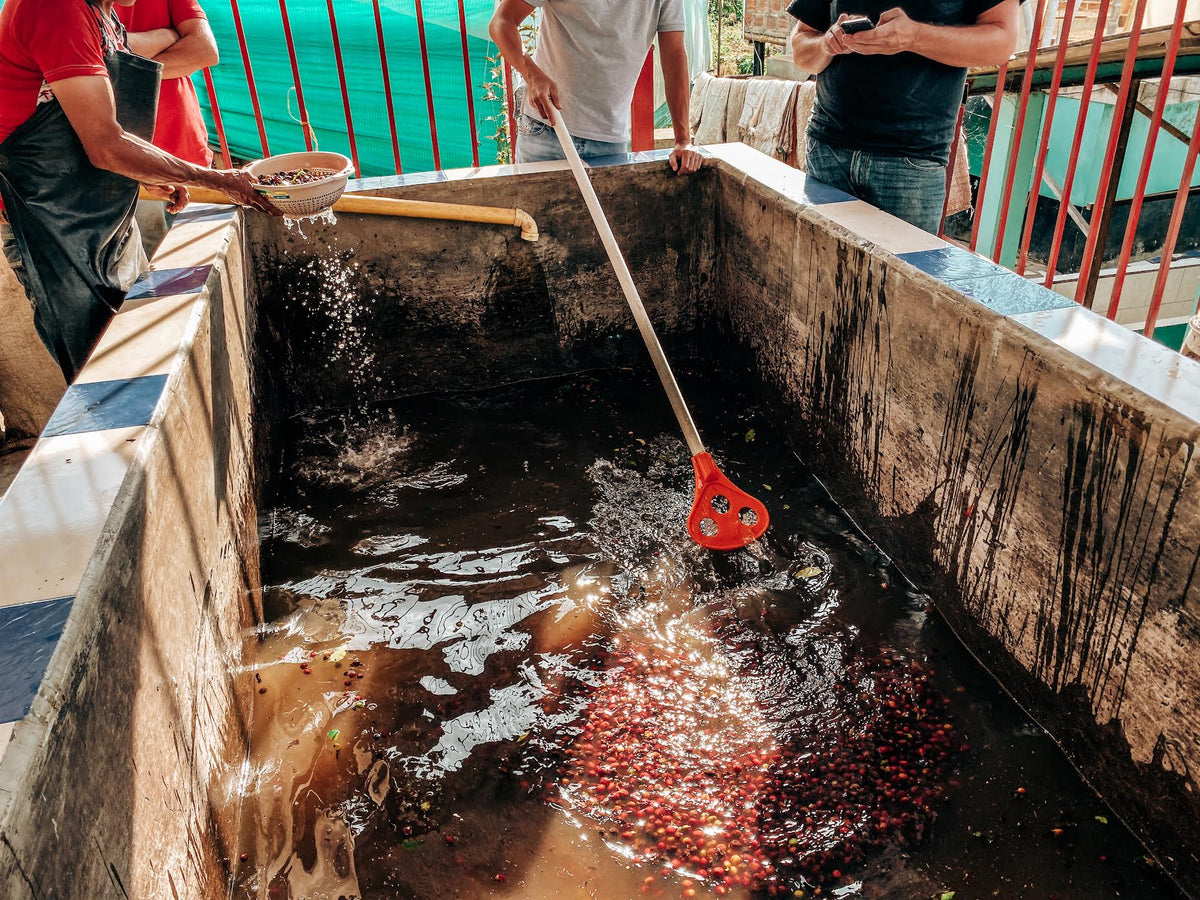


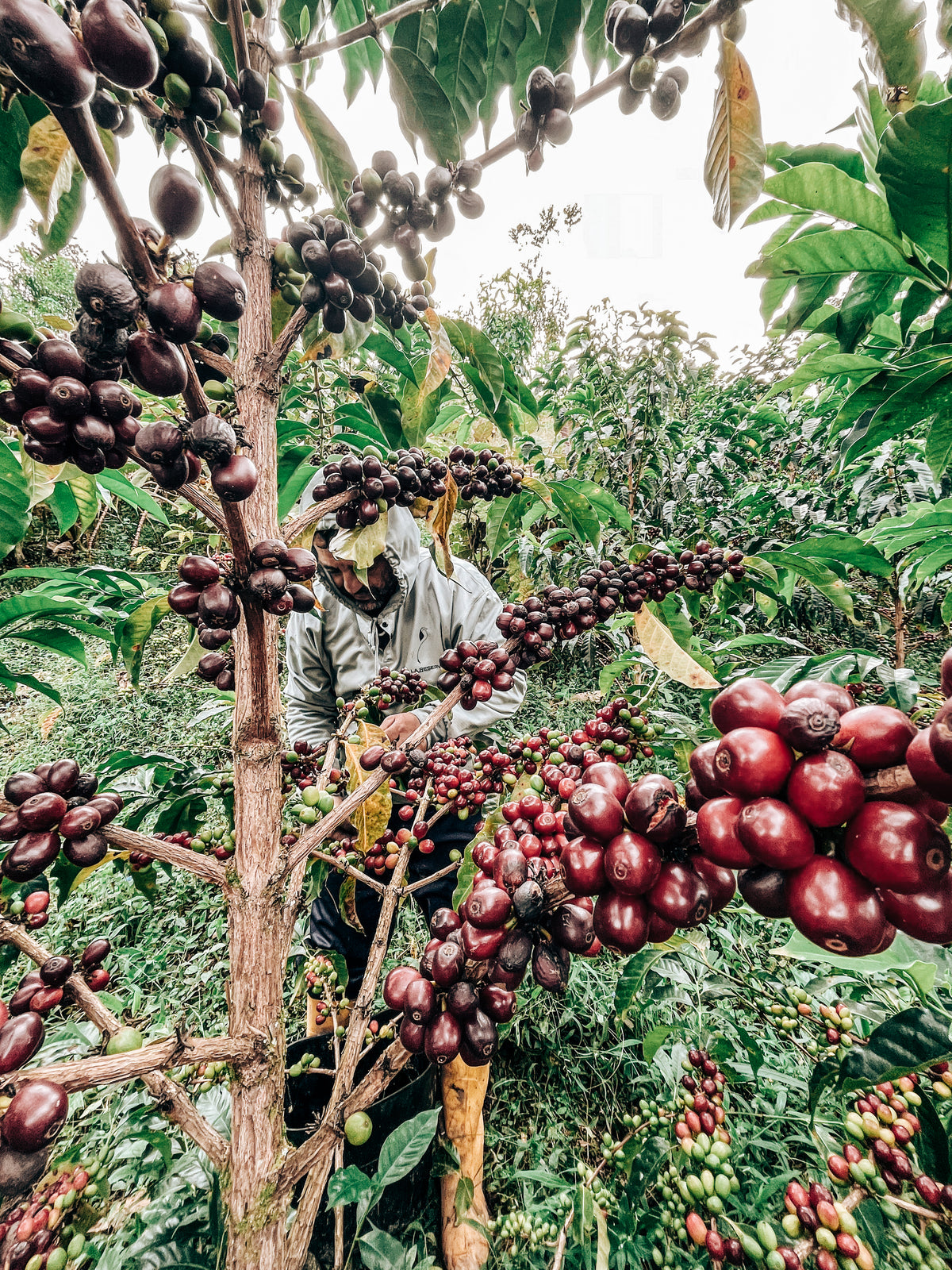


![Bukonzo Dream Extended Fermentation [24]](http://greencoffeecollective.com/cdn/shop/files/IMG_3133.jpg?v=1730911950&width=1200)
